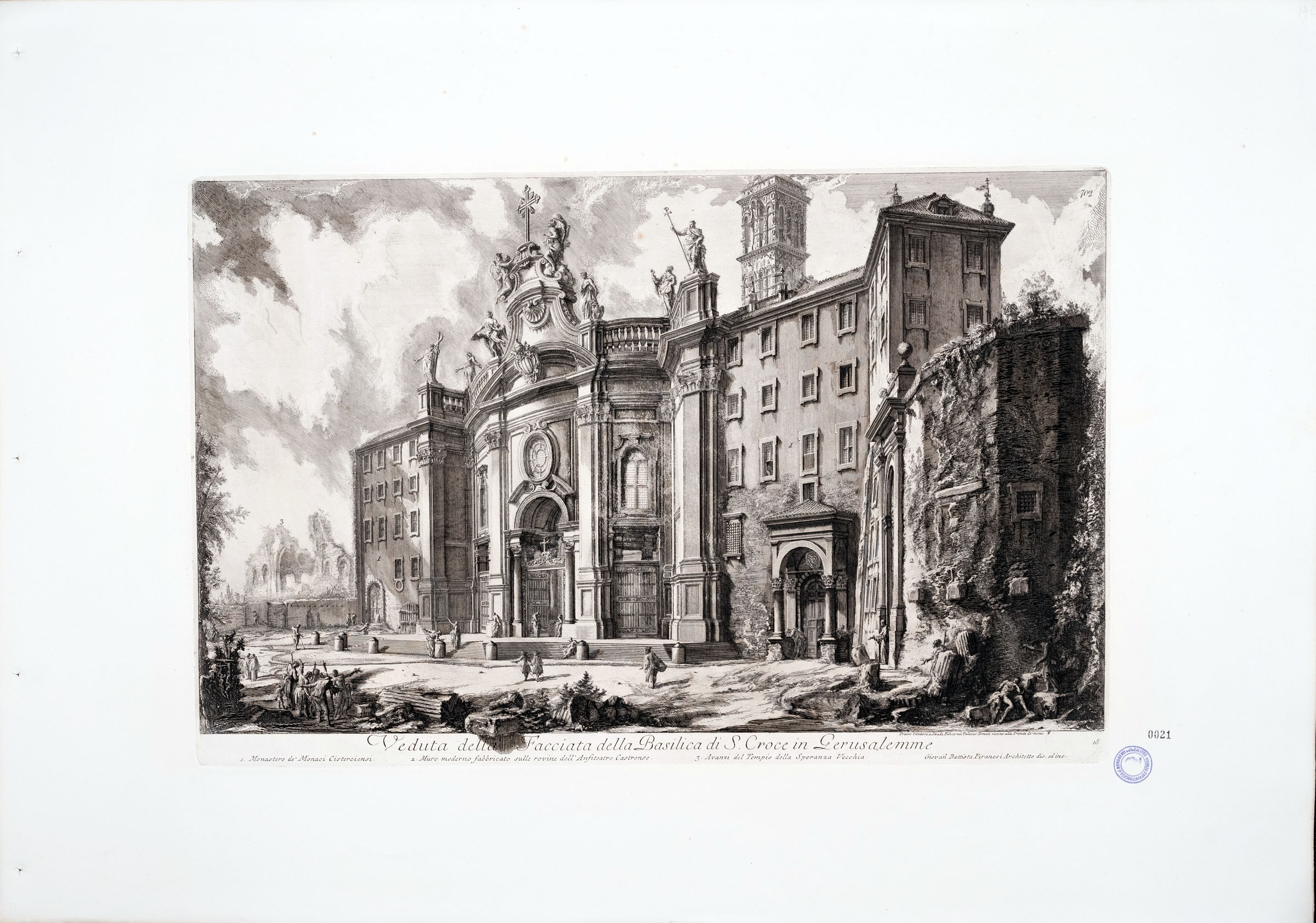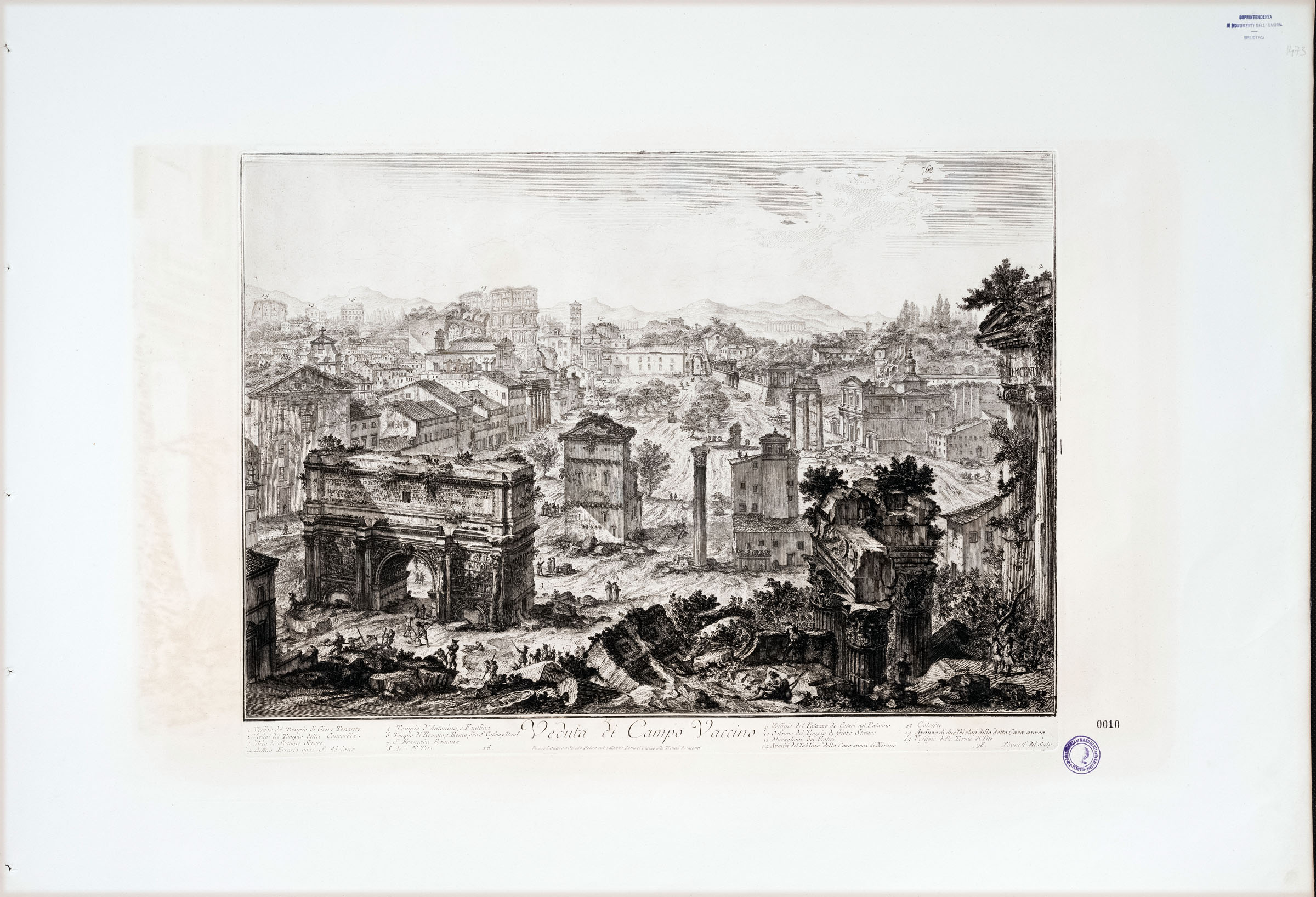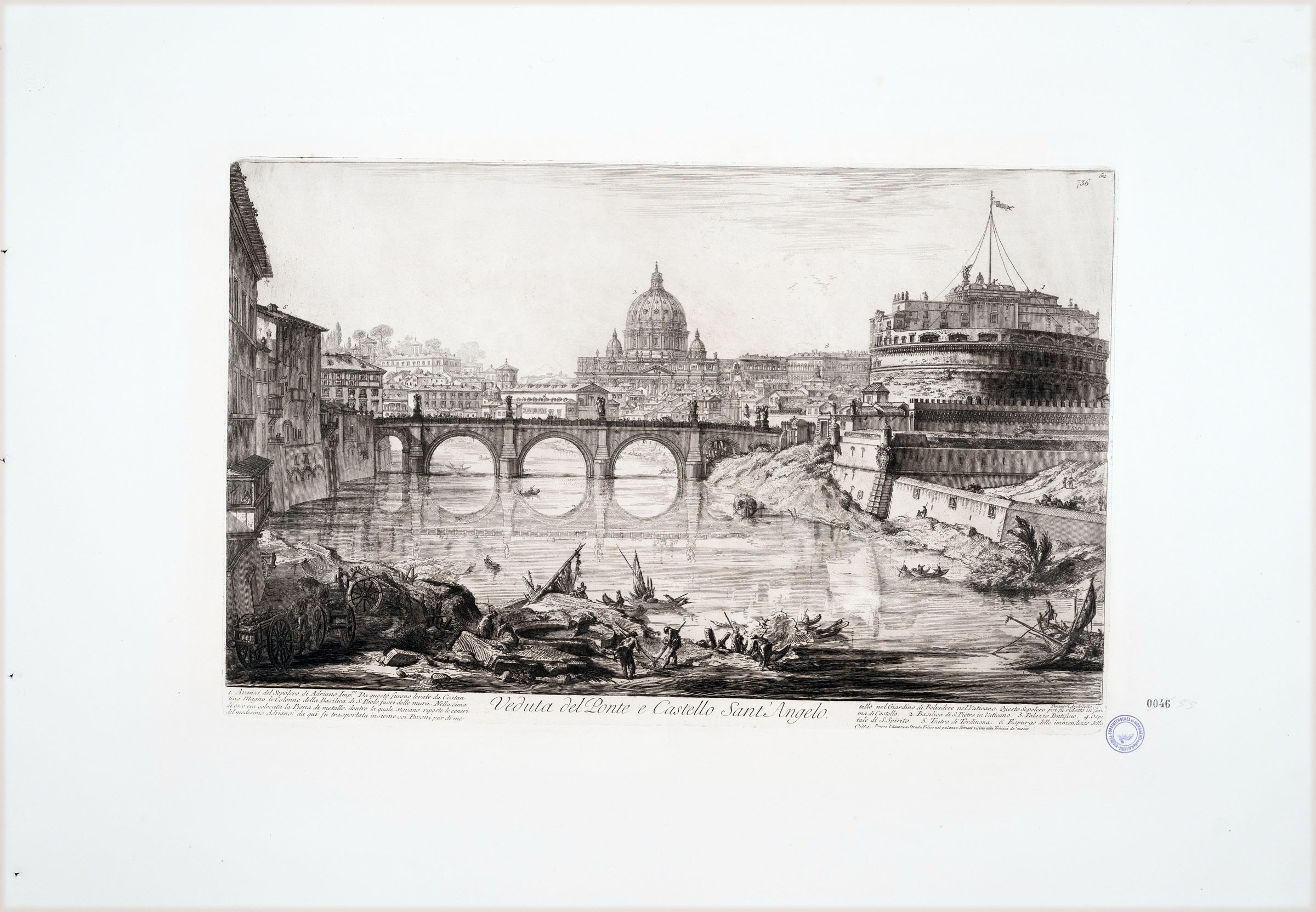Giovanni Battista Piranesi, View of the Flavian Amphitheater, known as the Colosseum, Etching on copper with burin interventions, Perugia, National Gallery of Umbria, inv. 1704
To unite the works, all coming from the collections of the Gallery, is Rome with its ancient and modern beauties taken from the two volumes of the Views of Romewith the grandeur and isolation of the architectural elements, and that sublime feeling of grandeur of its ancient past, albeit marked by an inexorable abandonment.
The engravings on display have been selected from among the most representative of the research path and the stylistic, formal and technical evolution of the great Venetian engraver. From 30 September to 8 January the exhibition Giovanni Battista Piranesi in the collections of the National Gallery of Umbriacurated by Carla Scagliosi, browse for the public a symbolic work, the Views of Romewhich accompanies Piranesi throughout his life, symbolically covering every aspect of his production.

Giovanni Battista Piranesi, View of the Facade of the Basilica of S. Croce in Gerusalemme, Etching on copper with burin interventions, Perugia, National Gallery of Umbria, inv. 1624
The extraordinary inventive and perspective skills, the wide imagery that underlies his archaeological and antiquarian “obsessions” emerge from the wide palette of blacks and grays, to show the perfect mastery of the etching technique. They are these same Views to pass on the appearance of a Rome filtered through the genius of the author over the centuries, spreading his fame throughout Europe.
Now immortalized in its melancholy decline and in the coexistence of present and past, now framed between the gigantic ancient monuments and the grandiose modern architecture, populated by frenetic presences, Piranesi’s Rome already contains all the characteristics that distinguish the great modern capitals.

Giovanni Battista Piranesi, View of Campo Vaccino, Etching on copper with burin interventions, Perugia, National Gallery of Umbria, inv. 1684
Thus the View of the facade of the Basilica of Santa Croce in Gerusalemme yields to that of the Flavian Amphitheater while the View of the Bridge and Castel Sant’Angelo yield to the Egyptian Obelisk, the Trevi Fountain, the Tiber Island, similar to timeless visions .
To close the exhibition will be the video-installation that offers the 3D animated film Piranesi, Prisons of Invention 300 yearsthe work of the artist and designer Grégoire Dupond, with the music of the composer, musician and sound designer Teho Teardo.
The film, dedicated to Invention Prisonsemblematic masterpieces of the entire Piranesi production, explores the spaces created by the “black mind of Piranesi” through new technologies, insinuating himself into his art through windows and openings and thus amplifying the feelings of bewilderment and claustrophobia generated by the vision of this labyrinthine intertwining of towers, bridges, stairs and heights.

Giovanni Battista Piranesi, View of the Bridge and Sant’Angelo Castle, Etching on copper with burin interventions, Perugia, National Gallery of Umbria, inv. 1658
Scheduled for 2020 and postponed when the pandemic takes over, the exhibition dedicated to Piranesi on the occasion of the third centenary of his birth (1720-2020) marks an important milestone in the Piranesi project started in recent years by the National Gallery of Umbria. In the two-year period 2018-2020, the Perugian museum included in the restoration campaign – which involved the works on paper of its collections – the approximately 140 engravings collected in the two volumes of the famous Views of Rome designed and engraved by Piranesi. The intervention restored the legibility of the engravings, starting their digitization and placing them in the vast digital archive of the National Gallery of Umbria, as well as the study and research project on Piranesi’s works preserved in the Gallery.
![]() Read also:
Read also:
• Giovanni Battista Piranesi in the collections of the National Gallery of Umbria

